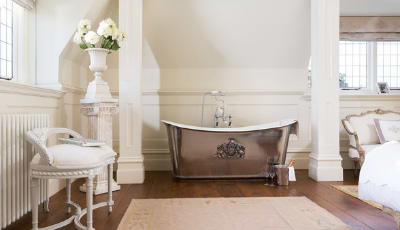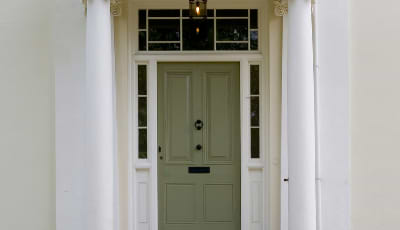Elesi Blog
Lighting Guides & Interior Design Tips
-
Period Light Switches & Sockets
Period light switches and sockets can play a pivotal design role in a home whilst they can help to keep the period authenticity running throughout... -
What Colours Go With Orange?
We explore the different colours that compliment orange to help you use it successfully throughout your home. -
What Are GU10 Bulbs?
We explore GU10 bulbs - what GU10 bulbs are and what light fittings they can be used in throughout your home. -
What are Multifaceted Reflector Bulbs (MR Bulbs)?
There are many different types of bulbs on the market that you might be familiar with. Spanning from LED, incandescent, halogen to GU10 to name... -
What Height Should Sockets and Switches Be?
If you're in the process of an electric rewire, a new home build or just looking to refresh your current setup of sockets and switches... -
Are Light Switches Allowed In Bathrooms?
We take a look at why switches cannot come into contact with moisture, and why light switches cannot be installed in a bathroom. -
Where To Place Pendant Lights?
Pendant lights are a popular ceiling fitting, adding both practicality and style to a space. Traditionally a bulb with a lamp shade, they act as... -
What Is Ambient Lighting?
Lighting serves a much deeper purpose than enabling us to see well. It has the ability to affect our moods both positively, and negatively. A... -
What Colours Go With Olive Green?
To help you use this colour in your own home, we explore the colours that go best with olive green to help you incorporate it into your space seamlessly.











